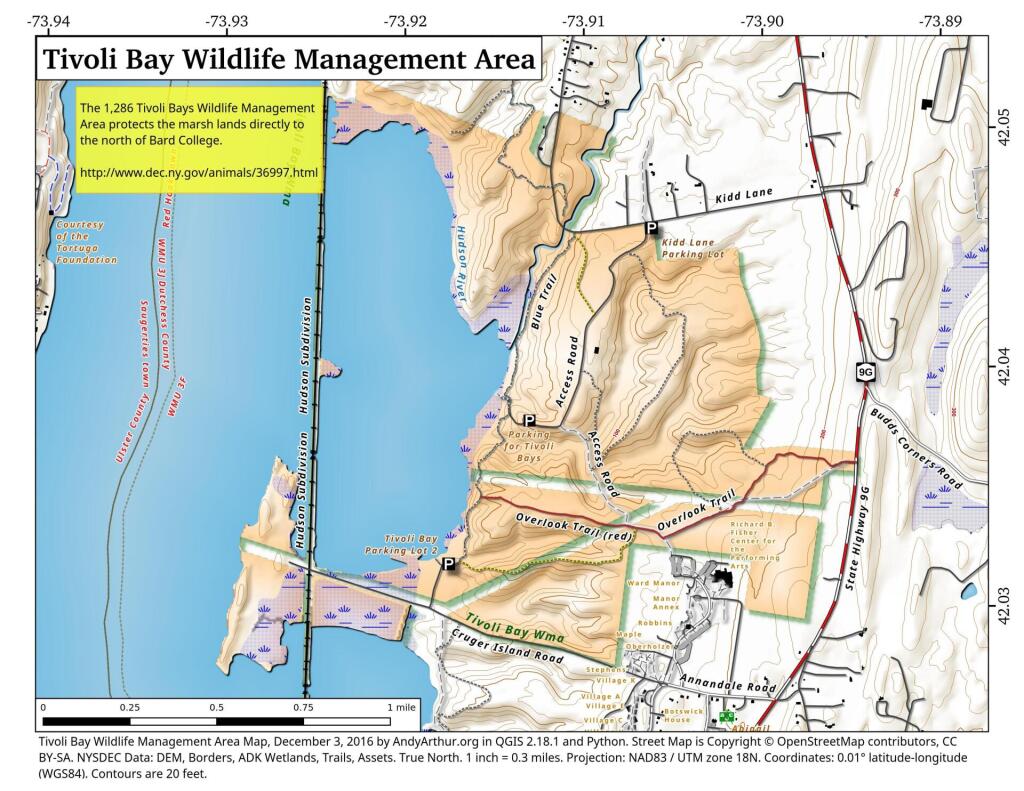I am continuing to flip through Zillow. It’s a lot of fun exploring properties in BFE Missouri, South Dakota, Wisconsin and West Virginia. You get out far enough, land and property is pretty damn cheap especially if the land isn’t tilable and your not looking for a big fancy house. Not that I’m in the market any time soon but it’s fun to dream. I just wish Zillow had a way to filter hunting cabins and off grid properties – I can’t figure that out.
In Rural Hispanic Counties, Vote Moved toward Trump – Daily Yonder
Popular punditry identifies Hispanic and Latino voters as reliably Democratic blocs. But there appears to be more diversity of opinion among these voters, especially in rural areas.
I always thought that Hispanics were fairly conservative as many are conservative catholics and plus most of the Hispanics I've known over the years were rural, farm worker types. In more recent years I've met more urban Hispanics which are certainly more liberal economically but maybe not so much on issues like abortion. But then again, not all Hispanics are catholic.
Is the Solution Herd Immunity? 💉
Is the Solution Herd Immunity? 💉
There is a lot of talking about using the Coronavirus vaccine to achieve Herd Immunity by essentially starving the virus. That’s a nice long-term goal but it the short-term I think it’s dangerous wishful thinking. We know that the vaccine prevents people from getting seriously sick from the virus but we don’t know for sure if it prevents people from spreading the virus.
A better short-term would be to just focus on keeping people from getting sick by immunizing them. Even if you can’t stop the spread of the virus, you can reduce the likelihood of yourself getting the virus by getting the shot. Enough people get the vaccine then it will greatly reduce the number of people getting seriously ill and dying, and take the load off hospitals and reduce costs to insurance and local government.
Nobody seriously considers a herd immunity for the flu vaccine as the virus mutates every year. But the flu vaccine is worthwhile for individuals to get, because I’ve heard that the flu is pretty nasty to get. It’s a low cost activity – five minutes at the pharmacy for a free shot – to prevent a lot of potential personal suffering. Maybe a flu shot makes you less likely to spread the flu, but the biggest benefit is to the individual.
Herd Immunity is a good future goal but I think we should resist the temptation to be overbearing and instead focus on encouraging people to do what is right for themselves and reduce hospital loads and time out sick by encouraging people to voluntarily get the vaccine. If most of the sickest and at most at risk individuals, along with others are vaccinated then most of the problem is solved. It’s great to help the folks on the margin – those that can’t be vaccinated due to health concerns but I think focusing on the majority of potential lives is most important in the pandemic.
What Is It and Can It End The Coronavirus Pandemic?
When does a community reach herd immunity? It depends on the reproduction number, or R0. The R0 tells you the average number of people that a single person with the virus can infect if those people aren’t already immune. The higher the R0, the more people need to be resistant to reach herd immunity.
Researchers think that the R0 for COVID-19 is between 2 and 3. This means that one person can infect two to three other people. It also means 50% to 67% of the population would need to be resistant before herd immunity kicks in and the infection rates start to go down.
Arctic’s Shift to a Warmer Climate Is ‘Well Underway, Scientists Warn – The New York Times
The Arctic continued its unwavering shift toward a new climate in 2020, as the effects of near-record warming surged across the region, shrinking ice and snow cover and fueling extreme wildfires, scientists said Tuesday in an annual assessment of the region.
Rick Thoman, a climate specialist at the University of Alaska and one of the editors of the assessment, said it “describes an Arctic region that continues along a path that is warmer, less frozen and biologically changed in ways that were scarcely imaginable even a generation ago.”
“Nearly everything in the Arctic, from ice and snow to human activity, is changing so quickly that there is no reason to think that in 30 years much of anything will be as it is today,” he said.
